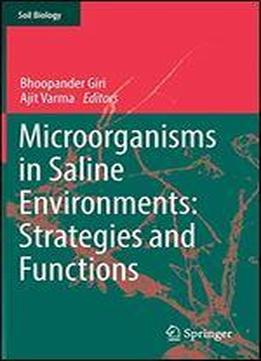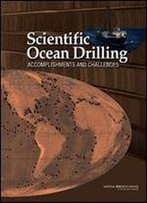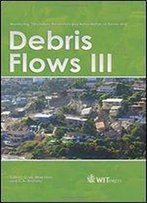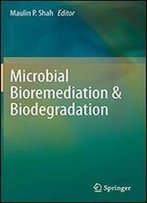
Microorganisms In Saline Environments: Strategies And Functions
by Bhoopander Giri /
2019 / English / PDF
8.7 MB Download
This book gathers the latest findings on the microbial ecology of saline habitats, plant-microbe interactions under saline conditions, and saline soil reclamation for agricultural use. The content is divided into four main parts: I: definition, genesis and impact of salinity & microbial diversity in saline habitats II: the impact of salinity on microbial and plant life/health III: plant-microbe interactions in saline environments and IV: strategies for the reclamation of saline soils. The salinization of arable land is steadily increasing in many parts of the world. An excessive concentration of soluble salts (salinity) in soils or irrigation water adversely affects plant growth and survival. This problem is exacerbated in arid and semiarid areas due to their low precipitation and high evaporation rates. In turn, poor management practices and policies for using river water for the irrigation of agriculture crops often lead to the secondary salinization of soils. Considering the growing demands of a constantly expanding population, understanding the microbial ecology and interactions under saline conditions and their implications for sustainable agriculture is of utmost importance. Providing both an essential review of the status quo and a future outlook, this book represents a valuable asset for researchers, environmentalists and students working in microbiology and agriculture. .











